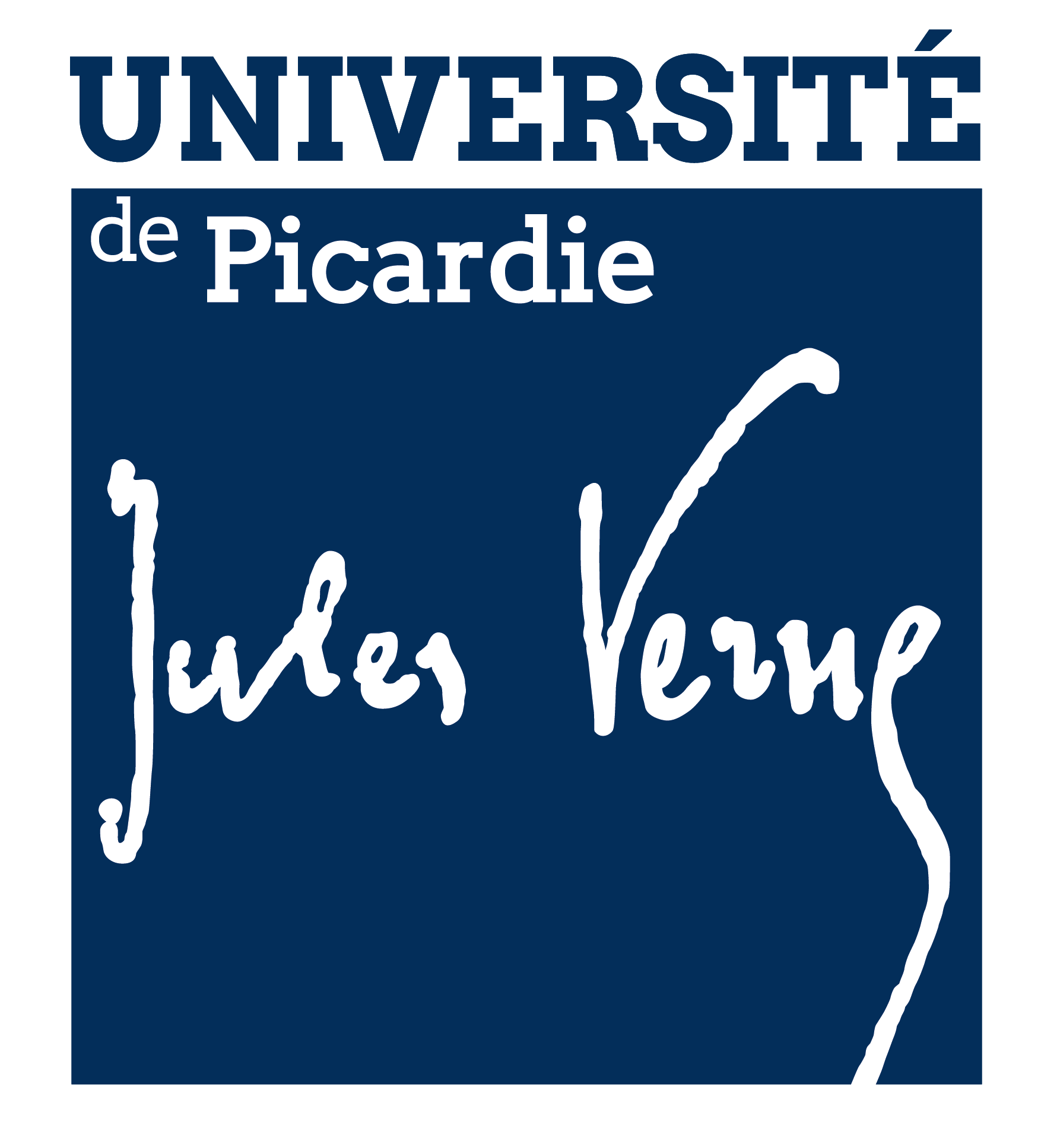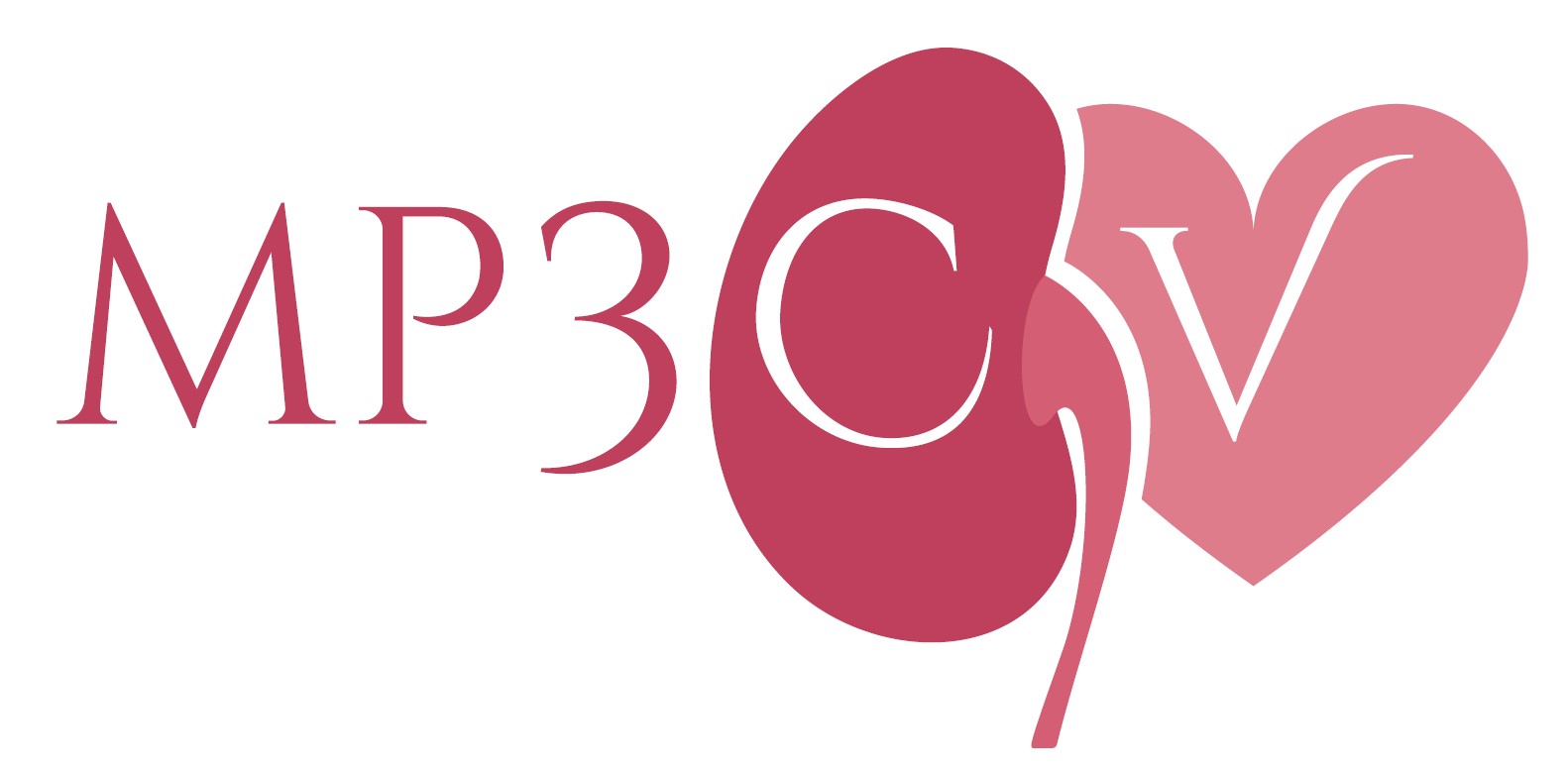Oxygenation management during veno-arterial ECMO support for cardiogenic shock: a multicentric retrospective cohort study
Résumé
Backgound Hyperoxemia is common and associated with poor outcome during veno-arterial extracorporeal membrane oxygenation (VA ECMO) support for cardiogenic shock. However, little is known about practical daily management of oxygenation. Then, we aim to describe sweep gas oxygen fraction (F S O 2 ), postoxygenator oxygen partial pressure (P POST O 2 ), inspired oxygen fraction (F I O 2 ), and right radial arterial oxygen partial pressure (P a O 2 ) between day 1 and day 7 of peripheral VA ECMO support. We also aim to evaluate the association between oxygenation parameters and outcome. In this retrospective multicentric study, each participating center had to report data on the last 10 eligible patients for whom the ICU stay was terminated. Patients with extracorporeal cardiopulmonary resuscitation were excluded. Primary endpoint was individual mean F S O 2 during the seven first days of ECMO support (F S O 2 mean (day 1−7) ). Results Between August 2019 and March 2022, 139 patients were enrolled in 14 ECMO centers in France, and one in Switzerland. Among them, the median value for F S O 2 mean (day 1−7) was 70 [57; 79] % but varied according to center case volume. Compared to high volume centers, centers with less than 30 VA-ECMO runs per year were more likely to maintain F S O 2 ≥ 70% (OR 5.04, CI 95% [1.39; 20.4], p = 0.017). Median value for right radial P a O 2 mean (day 1−7) was 114 [92; 145] mmHg, and decreased from 125 [86; 207] mmHg at day 1, to 97 [81; 133] mmHg at day 3 ( p < 0.01). Severe hyperoxemia (i.e. right radial P a O 2 ≥ 300 mmHg) occurred in 16 patients (12%). P POST O 2 , a surrogate of the lower body oxygenation, was measured in only 39 patients (28%) among four centers. The median value of P POST O 2 mean (day 1−7) value was 198 [169; 231] mmHg. By multivariate analysis, age (OR 1.07, CI95% [1.03–1.11], p < 0.001), F S O 2 mean (day 1−3) (OR 1.03 [1.00-1.06], p = 0.039), and right radial P a O 2 mean (day 1−3) (OR 1.03, CI95% [1.00-1.02], p = 0.023) were associated with in-ICU mortality. Conclusion In a multicentric cohort of cardiogenic shock supported by VA ECMO, the median value for F S O 2 mean (day 1−7) was 70 [57; 79] %. P POST O 2 monitoring was infrequent and revealed significant hyperoxemia. Higher F S O 2 mean (day 1−3) and right radial P a O 2 mean (day 1−3) were independently associated with in-ICU mortality.
| Origine | Fichiers éditeurs autorisés sur une archive ouverte |
|---|

